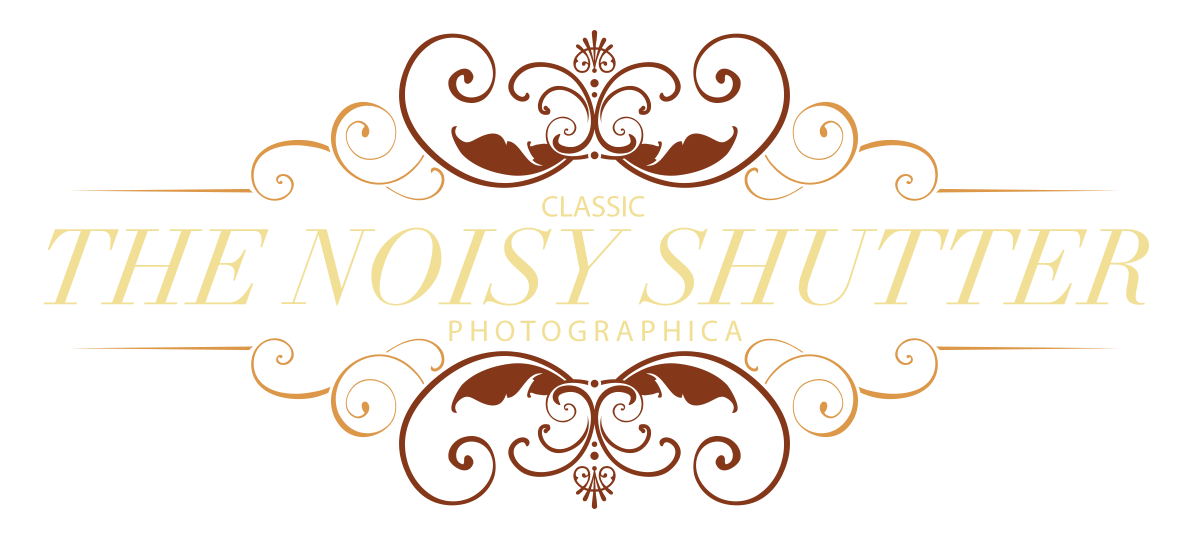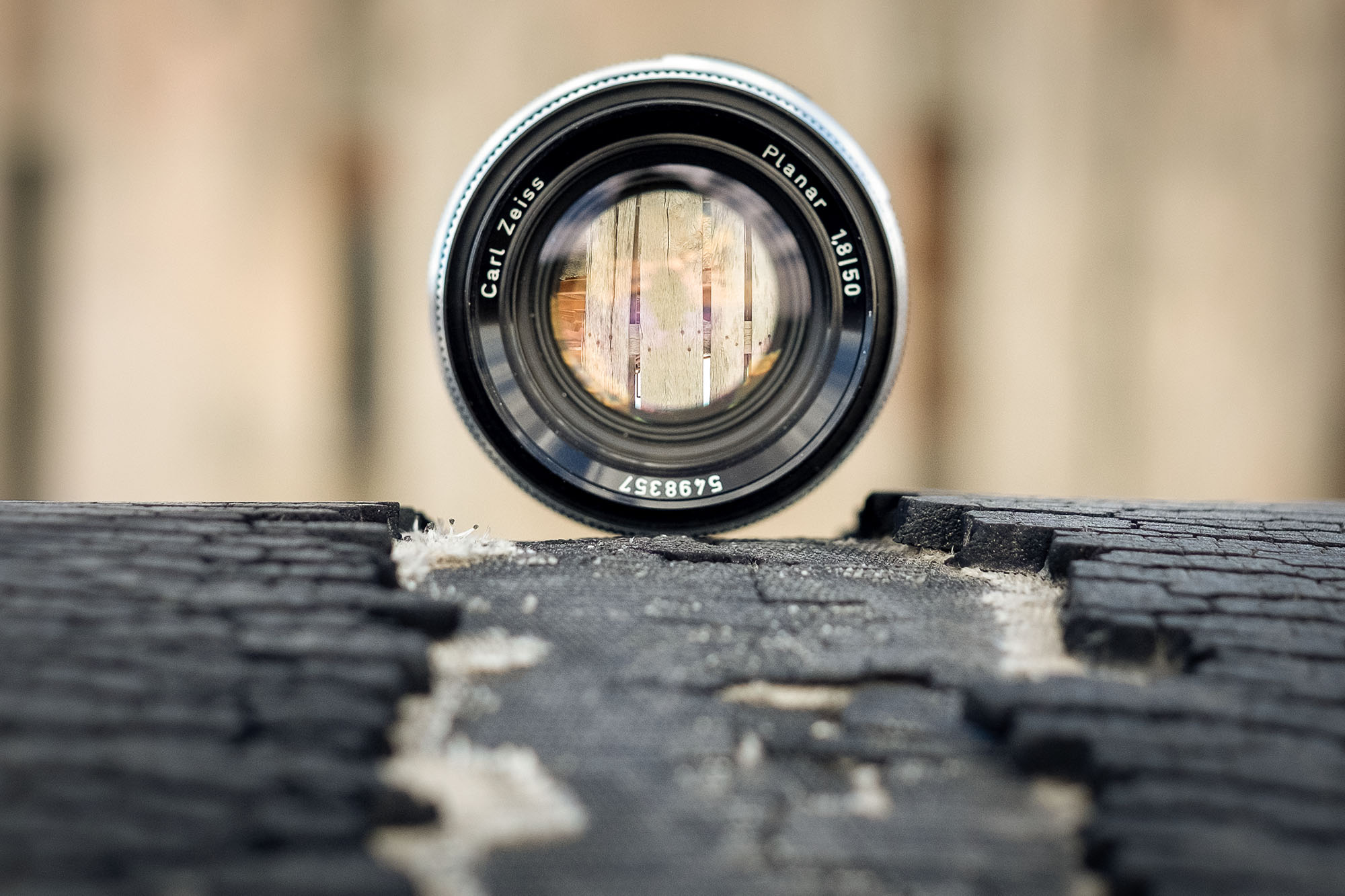Carl Zeiss was a household name from early in my childhood. My grandfather was quite enamored with German engineering and optics, and I suppose some of that rubbed off on me. He owned a Leica camera and Zeiss binoculars, and I was raised to believe that the sun rose and set behind German optics.
My first Zeiss lens was a Carl Zeiss Jena 50mm lens on a Praktica SLR that I bought in Spain. I bought it because I wanted better image quality than what my Soviet-made Zenit was giving me. That East German Zeiss lens gave me visibly superior image quality at an affordable price point. West German optics were well out of my range, but that one got me closer. Every Zeiss lens I have handled since then has made me smile.
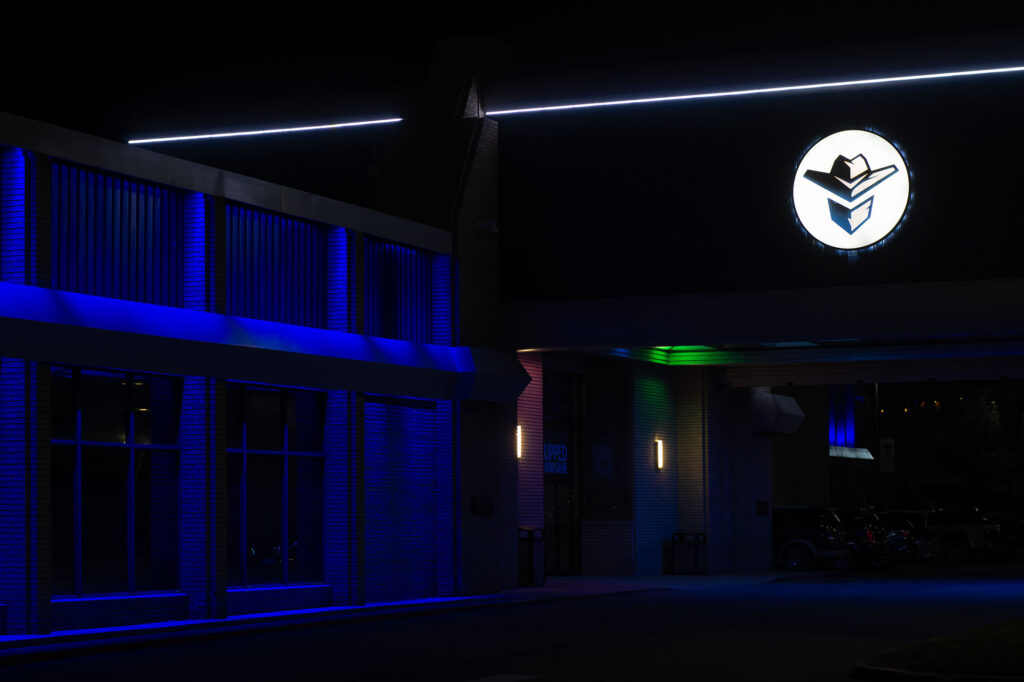
This lens was a random but fortuitous find in a second-hand shop. It seems it had become separated from a Rolleiflex SLR that had previously been sold. I scooped it up without hesitation, as I have known and appreciated the Carl Zeiss brand for a long time. Volumes have been written about the brand’s history and I won’t belabor that here.
My first impression of the lens, even before leaving the store, was that this is a precision instrument designed to last a very long time. This one is the early West German-made version, which is reportedly better built. Production was moved to Singapore in 1975 and more plastics were used, ostensibly to reduce production costs. During that long production run, branding and build quality changed. I don’t think the optical formula changed, but the coatings improved over time.
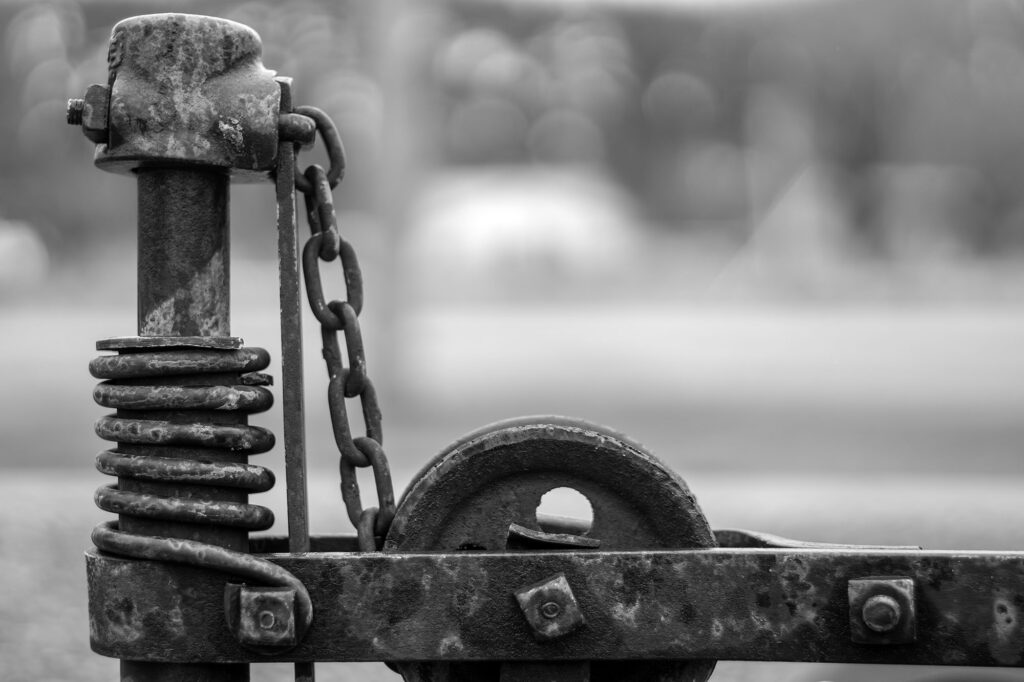
Built with metal and glass, this high-density lens just feels German. All moving parts do so very smoothly, and there is no rattle or slop in the action. The aperture ring has clear detents but without the ratchety feel of many other lenses. It simply feels great in the hand, but that’s not the only reason we buy these things. Performance matters, too.
Despite its lofty pedigree, it is still a vintage lens, built during an era when lens coatings were still in their early evolution. I didn’t expect the degree of clinical optical perfection we have today. Still, it is a Zeiss Planar, and it should perform wonderfully.
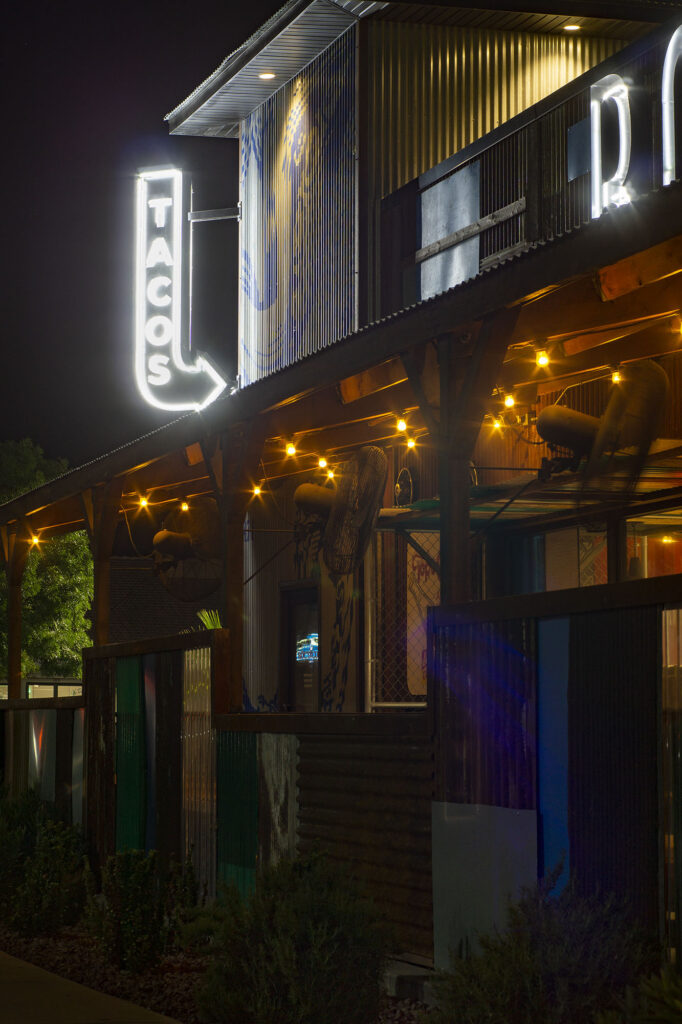
There is a little flare and ghosting, but noticeably less than many of its contemporaries. Wide open, I find it to be beautifully sharp but with a hint of that vintage glow, particularly around highlights. My comparable Nikkors of the same era have noticeably more of that glow when shot wide open. Those aberrations all but disappear when stopping down.
Colors are lively and saturated, and inherent contrast seems higher than many vintage lenses. This is just a general observation, as I have no hard data to back that up. Only miserably pedantic, overly dramatic fashion magazine photo editors would notice a difference (and they would probably like it). For casual use in the digital realm that difference is immaterial, besides being subjective.
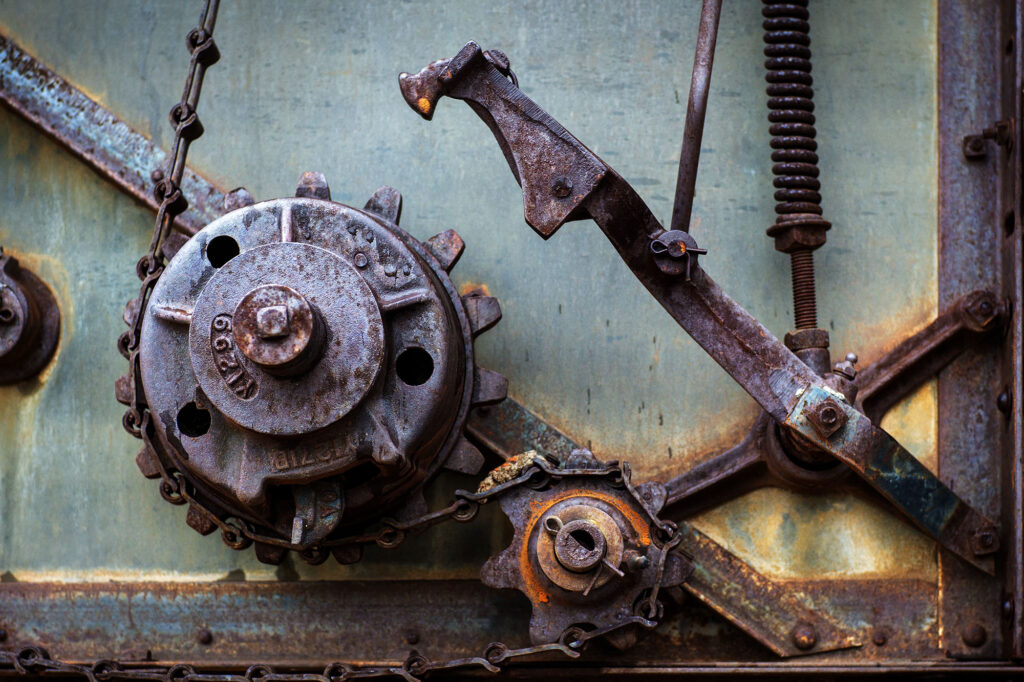
Sporting familiar features, this lens has all the right things in the right places. Engraved aperture and distance numbers are highly visible. Distance in meters is marked in white, as is the depth of field scale. Distances in feet are marked in yellow. There is an auto/manual switch for use on bodies with stop-down metering, or for previewing depth of field.
Despite being built to provide results, this lens is very well dressed, in a satin black finish. An eye-catching feature is a polished bevel cut into the front of both the metal aperture and focus rings. One could say that this eliminates sharp edges, enhancing the handling characteristics. It certainly does that. I would argue that this feature goes beyond the practical, since the metal was left “in the white”, polished, and not painted or anodized.
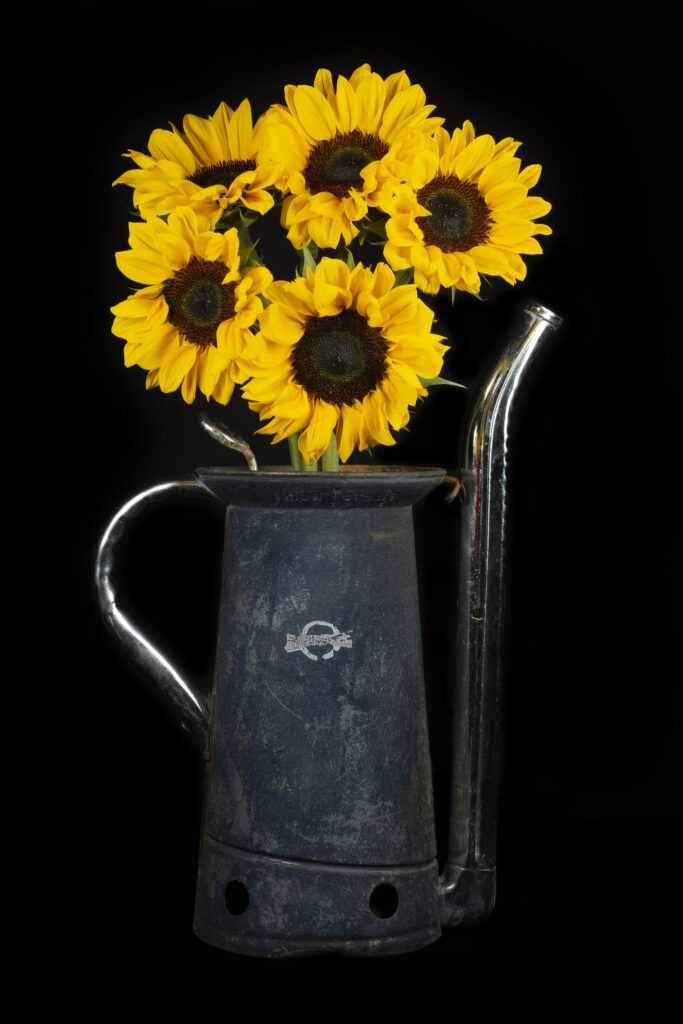
These polished bevels reflect glints of light that travel in an arc around the lens as it moves. Practicality and precision are balanced with a deliberate hint of beauty through contrast, shiny silver against business black. The lens announces itself with a subtle air of sophistication. It doesn’t scream for attention on the dance floor; it quietly winks from the dark corner table.
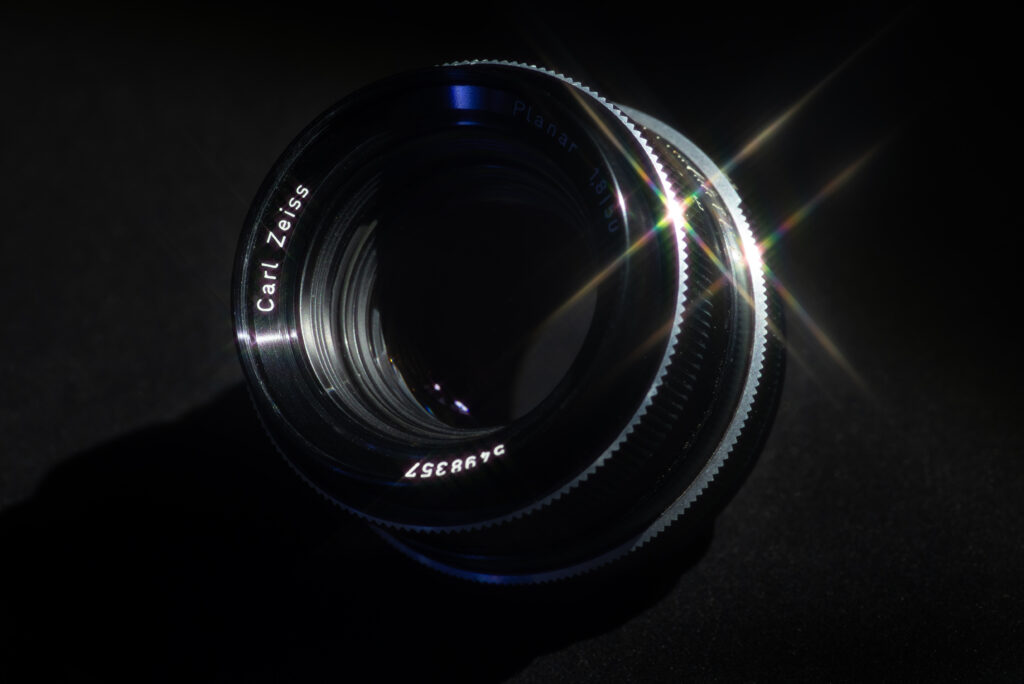
Unfortunately, I have no Rolleiflex SL35-series body on which to use this lens for film. I am only using it on a crop-sensor Sony mirrorless camera, on which it exhibits the same angle of view as a 75mm lens on a full frame camera. As a result, I cannot comment on the sharpness in the corners. The full field of view is not visible with the smaller sensor. There is an upside here, in that the 75mm focal length falls into a classic portrait lens category, and it is using the sharpest part of the optics.
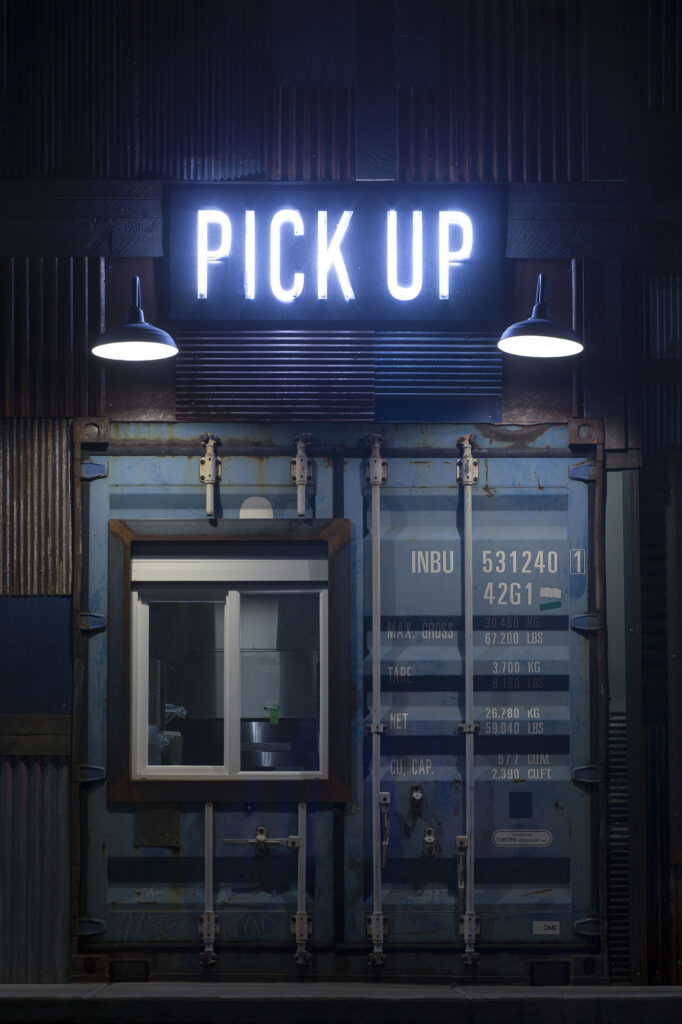
I often read other reviews, mostly to see if other users are having similar experiences. So far, I have seen what many others have seen, with few surprises. Negative aspects of this lens are (pretty consistently) the minimum focus distance, availability of the QBM mount adapters, dried up helicoid grease, and build quality of the later models.
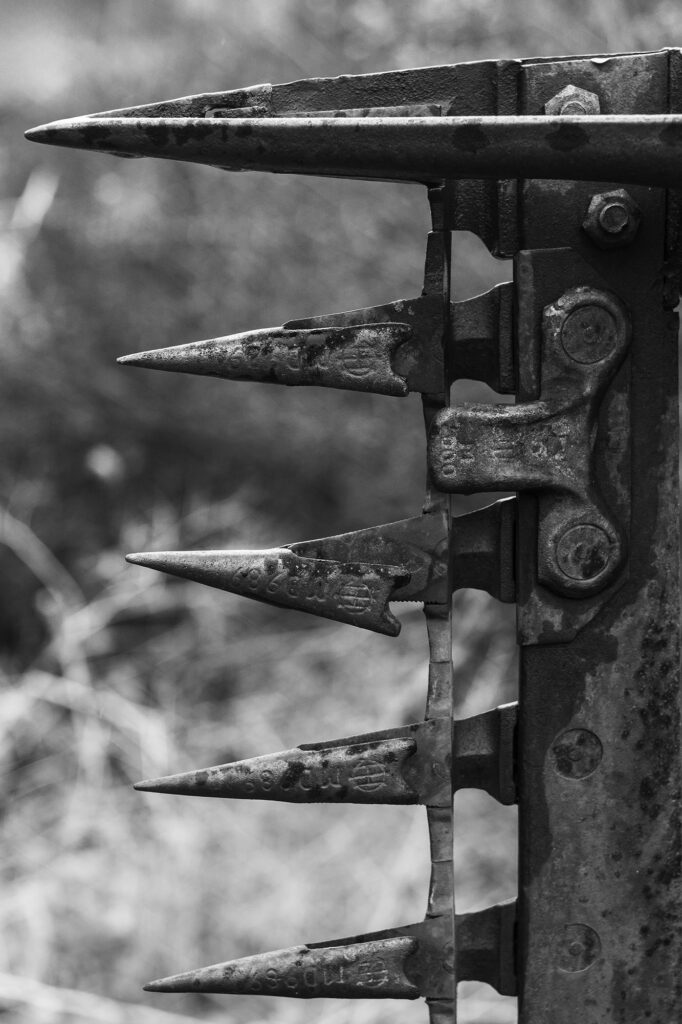
Addressing those concerns, in that order:
Minimum focus distance: I wouldn’t list this as a “con”, particularly after having used many of its comparable contemporaries. Looking through my collection of 50mm Nikon, Canon, Pentax, Minolta, Olympus and other lenses, I am finding that most of them have roughly the same minimum focus distance. In fact, the current $1000 Zeiss Loxia 50mm f2 lens has exactly the same minimum focus distance. So, I’m not sure where this complaint comes from. I believe this lens has a high enough resolution to use extension tubes if closer focus is needed. A quality macro lens may be a better choice, however.
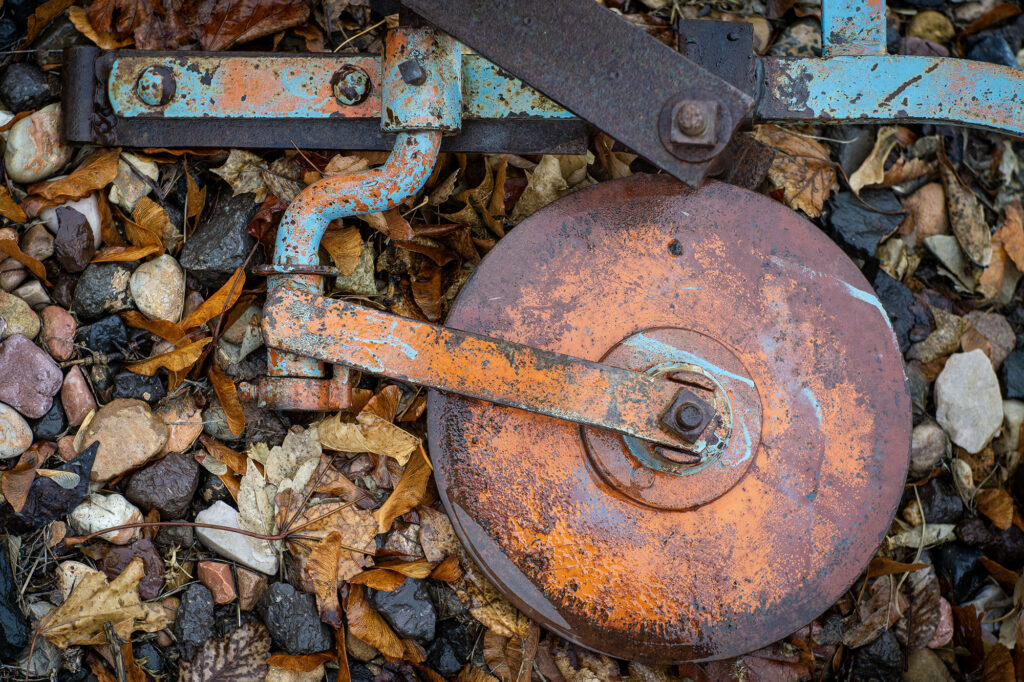
QBM-mount adapters: I don’t see an availability problem. This has likely improved over the past few years, and this no longer appears to be as much of an issue as it may have been. The increasing popularity of vintage lenses is likely driving that. I readily found economically-priced adapters for all the major mirrorless mounts.
Dried-up helicoid grease: Yes, it happens. Such is the reality of many old lenses. Some lenses are worth getting serviced, and I would count this lens as one of them. With well-preserved optics and a quality build, a proper servicing should return it to its former glory.
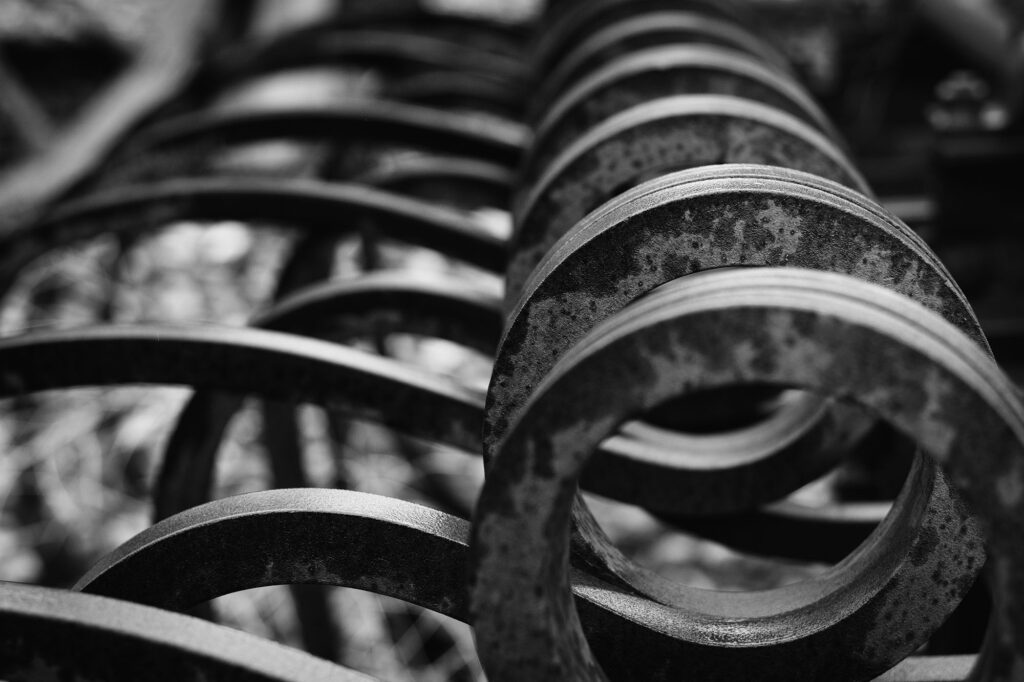
Build quality: Some have been disappointed by the build quality of later models, specifically those made outside of Germany. I can’t comment on the later versions of this lens, but it is certainly plausible. Many manufacturers have moved their factories for the sake of cutting costs, and this often resulted in a drop in quality.
I really enjoy using this lens. The image quality lived up to my expectations, and elicited an audible “wow” as I viewed the first images I took with it. I will certainly revisit this lens for use on film when I find an adequate Rolleiflex on which to mount it.

Specs:
Designation: Carl Zeiss Planar 50mm f1.8 (1,8/50)*
Production: 1970-1995, West Germany, later Singapore
Mount: Rollei QBM (also made in M42)
Optics: 7 elements in 6 groups, coated
Weight: 186g (6.6oz)
Minimum focus distance: 45cm (1ft, 5.7in)
Aperture: 6 blades, rounded
Aperture Range: f1.8-11 in half-stop increments, f11 to 16 is a full stop
Filter diameter: 49mm
*Brand Variants:
Carl Zeiss Planar 1,8/50
Opton Oberkochen PL 1,8/50 HFT
Rollei-HFT Planar 1,8/50
Voigtländer Color-Ultron 1,8/50
Ifbagon 1,8/50
